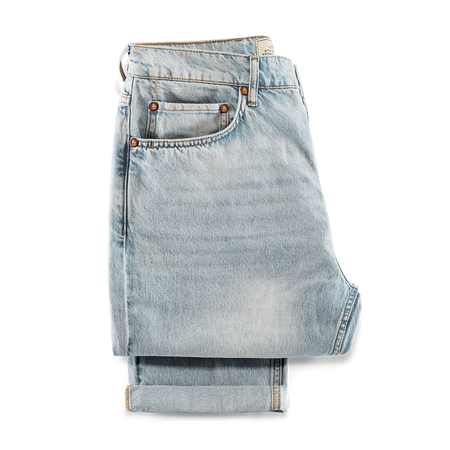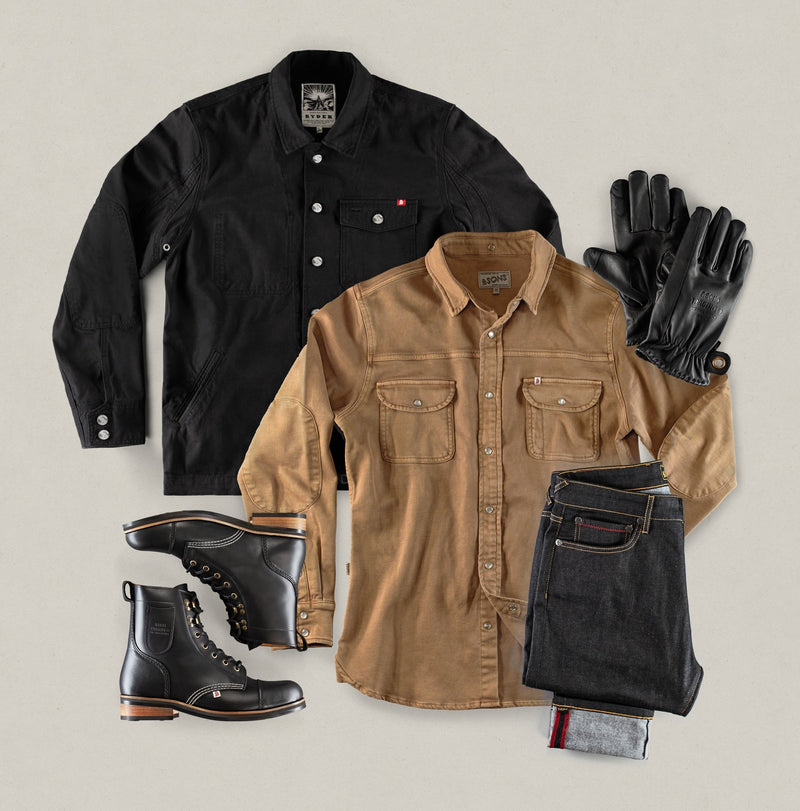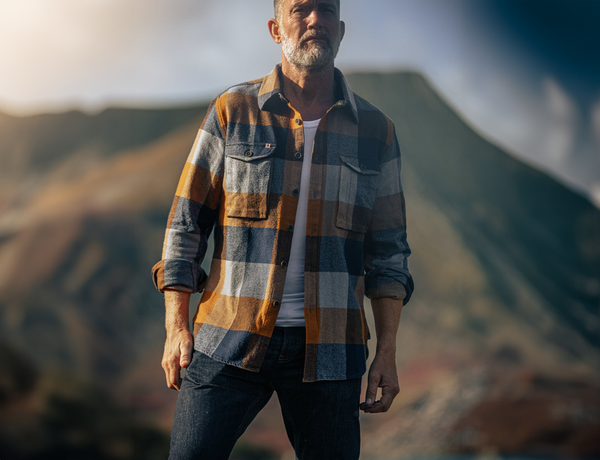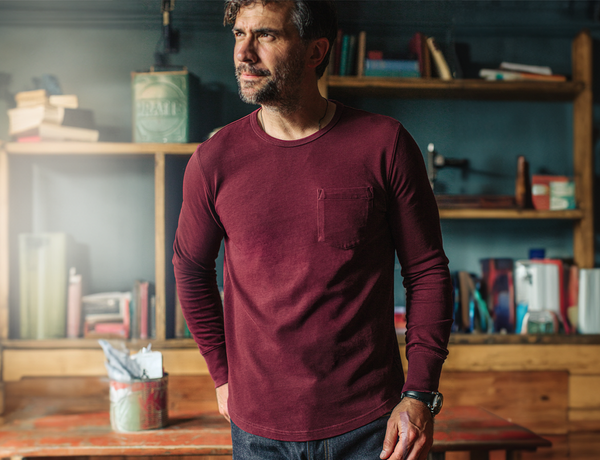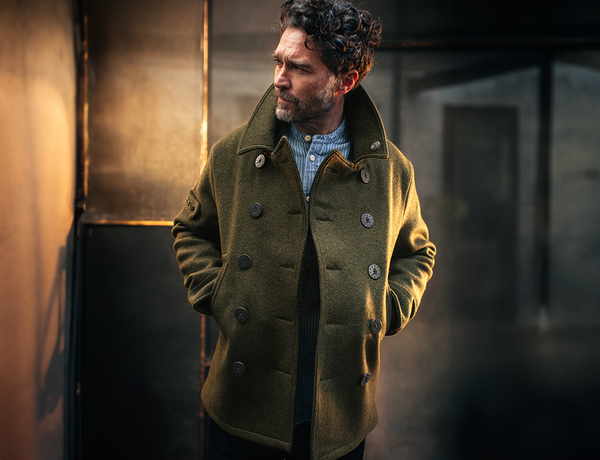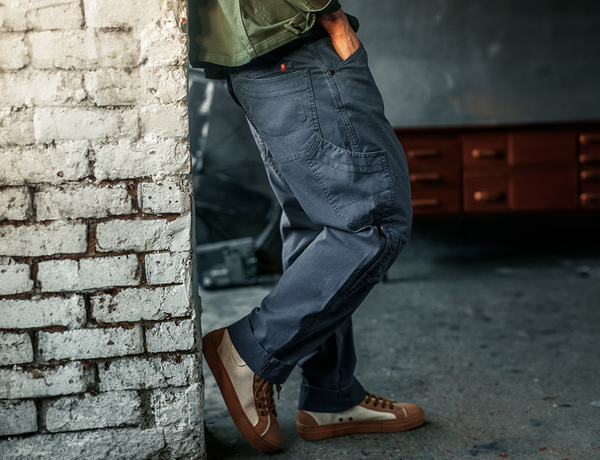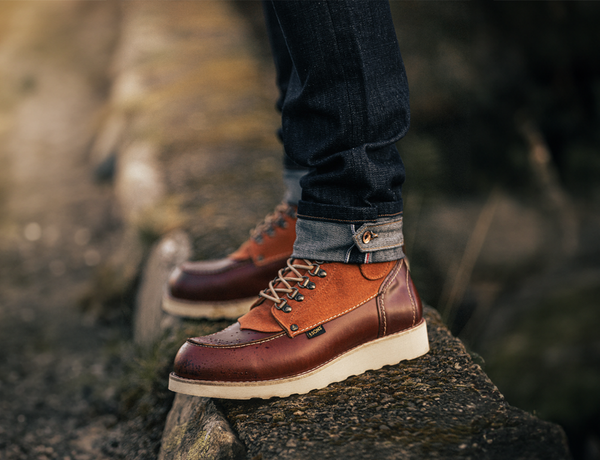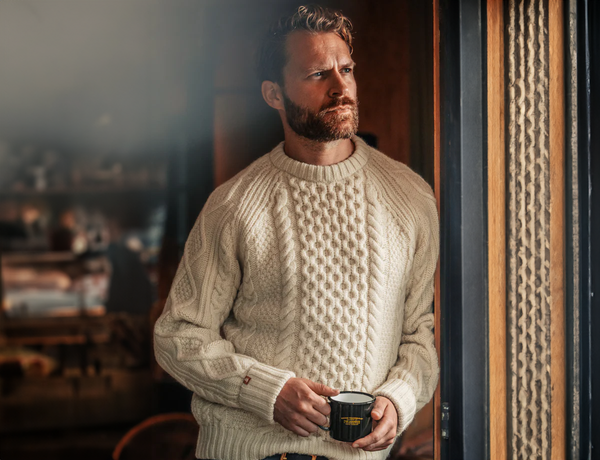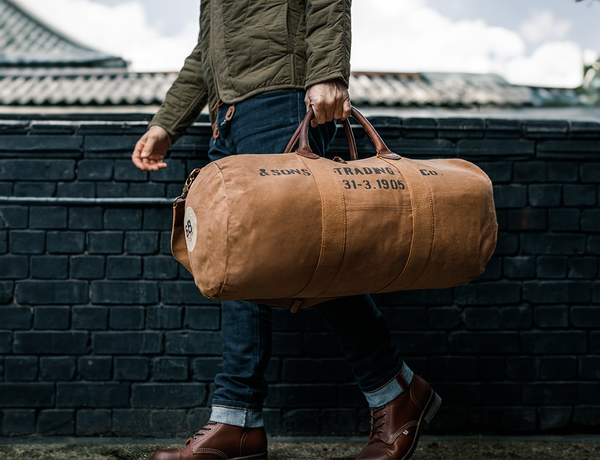June 25
Roll The Bones: “Long Live The King of Cool”
By Chris Nelson
It is surreal to ride a Husqvarna 400 Cross dirt bike through the dusty, disused horse pens at late actor Steve McQueen’s house in Palm Desert, California. The vintage motorcycle was borrowed from my friend, photographer John Ryan Hebert, and it is damn near the exact bike that a shirtless McQueen rode on the iconic August 1971 cover of Sports Illustrated magazine. After I slide around in the dirt on the two-stroke Swede for a while, I stop to consider the incredible legacy of the badass man who inspired so many of us.
Steve McQueen was more than an actor—he was a cultural icon who embodied rugged swagger, cool defiance, and a passion for speed. Known for films like Bullitt and The Great Escape, McQueen blurred the lines between Hollywood glamour and gearhead grit, which made him an enduring symbol of masculinity.
“When I think of Steve McQueen, I think of a well-dressed dude smoking a cigarette on a beautiful old Triumph motorcycle, with a beautiful woman by his side,” says Ben Geise, editor-in-chief of VAHNA magazine and founder of the RIDE BYND podcast. “The kind of effortless style and masculine energy that men have aspired to for the last 60 years since McQueen was in the spotlight.”
McQueen died 45 years ago but continues to hold sway in modern times as the undisputed “King of Cool,” and over the past decade his handsome, devil-may-care style has influenced companies to create products that allow us to look and feel more like McQueen, from Ford Mustangs and Triumph Scramblers to Barbour jackets and Bell helmets, from Persol sunglasses and Tag Heuer timepieces to this all-new, limited-edition apparel collection from &Sons, created in collaboration with the McQueen estate.
Still, nothing commercial or superficial can properly capture McQueen’s profound cool. “Beyond his style, there was always something true humming underneath” says author and journalist Eric Hendrix. “He wasn’t pretending. McQueen built an ethos around racing, riding, and driving that felt both visceral and philosophical. He showed that a man’s relationship with his machine could be spiritual—part instinct, part craftsmanship, part rebellion.”
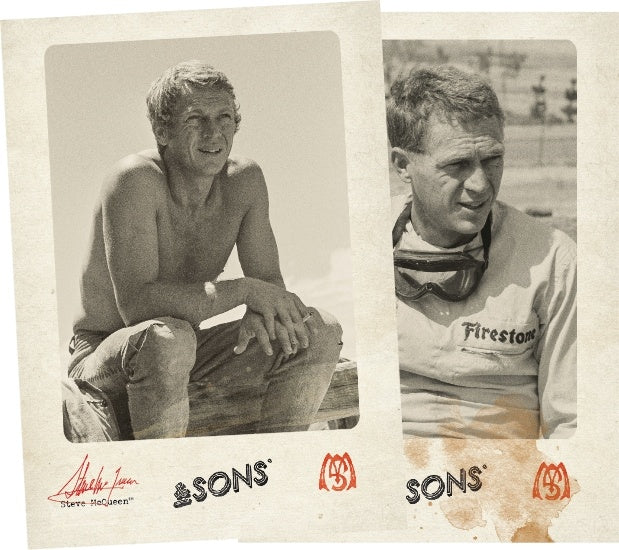
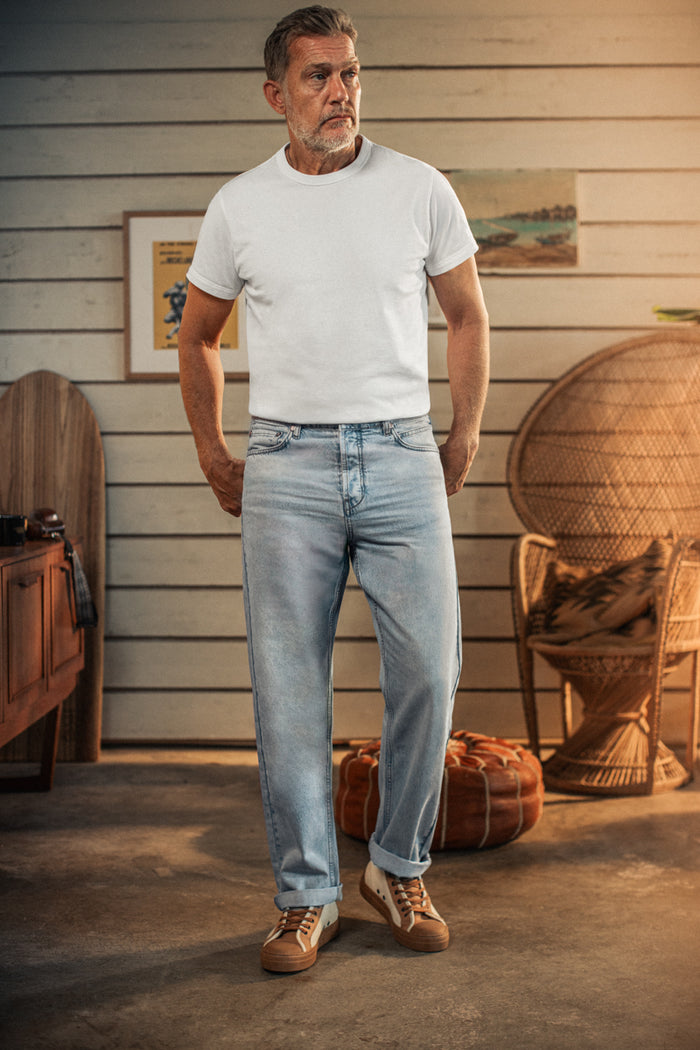
The true strength of McQueen’s lasting appeal lies in his authenticity and his genuine love for racing cars and motorcycles. From the 12 Hours of Sebring and the grueling Baja 1000, McQueen competed on the most challenging stages in motorsports, often under pseudonyms to avoid the limelight, and through his natural skill and commitment to competition he earned the respect of the world’s finest professional racers.
“While McQueen represents a fantasy of masculinity that is fairly irresistible, even though it's mostly a fiction, the guy was genuinely a badass,” says Elana Scherr, senior features editor for Car & Driver Magazine. “He didn't ride or race to further his career, he kind of did his career to be able to ride and race, and that's pretty rad. Even though he's been copied so much it's hard to find the original, he still manages to stand out.”
The Bike Shed founder Dutch van Someren adds his thoughts about McQueen: “His contribution to this culture is based on an unapologetic love of dangerous sports he lived for, despite his fame and riches. An escape to the outdoors on man-made machines. Flying over the desert with his shirt off. Apart from his understated rugged good looks and laid-back character, which are enviable enough, Steve McQueen represents something many modern men wish they were: too cool to care. Having the freedom to do whatever he wants but choosing something difficult, exciting, dangerous and thrilling, and leaving a trail of inspiration in his wake.”
McQueen was a most unlikely inspiration, according to Micheal Jordan, a longtime contributor to Automobile Magazine and a cherished mentor of mine. Jordan says, “McQueen didn’t start out with anything, had a profoundly troubled upbringing, and spent considerable time as a street punk. Yet somehow he made his way forward. Somehow he got to a place where he understood that what you can do is more important than where you come from.”

What Steve McQueen did with his life mattered more than he could have ever comprehended, and the echoes of his art, his crafts, and his life fully lived will be heard by generations to come, who will undoubtedly continue to understand the value of the man who has touched and inspired so many of my peers. In summary of the undying charm of Steve McQueen, Micheal Jordan puts it best:
“It's no wonder that we’re all so keen about Steve McQueen. Maybe it’s a poster from the car and motorcycle show that Boys Republic puts on as a fundraiser every year to honor McQueen, a former graduate. Maybe it’s a Rolex wristwatch like the one McQueen wore in Le Mans, a movie dismissed as a costume drama for decades only to be revealed as a perfect picture of sports car racing now as well as then. It’s not that we want to be Steve McQueen but instead it’s a kind of recognition that we’re all Harvey Mushman, a pseudonym he often raced under. As anonymous as we might be, we believe it’s important to go to the same places that McQueen did. It's about our own inexplicable Getaway, a risky escape from everyday conventions and a desperate drive to the border and a new life.”
Long live the King of Cool.

